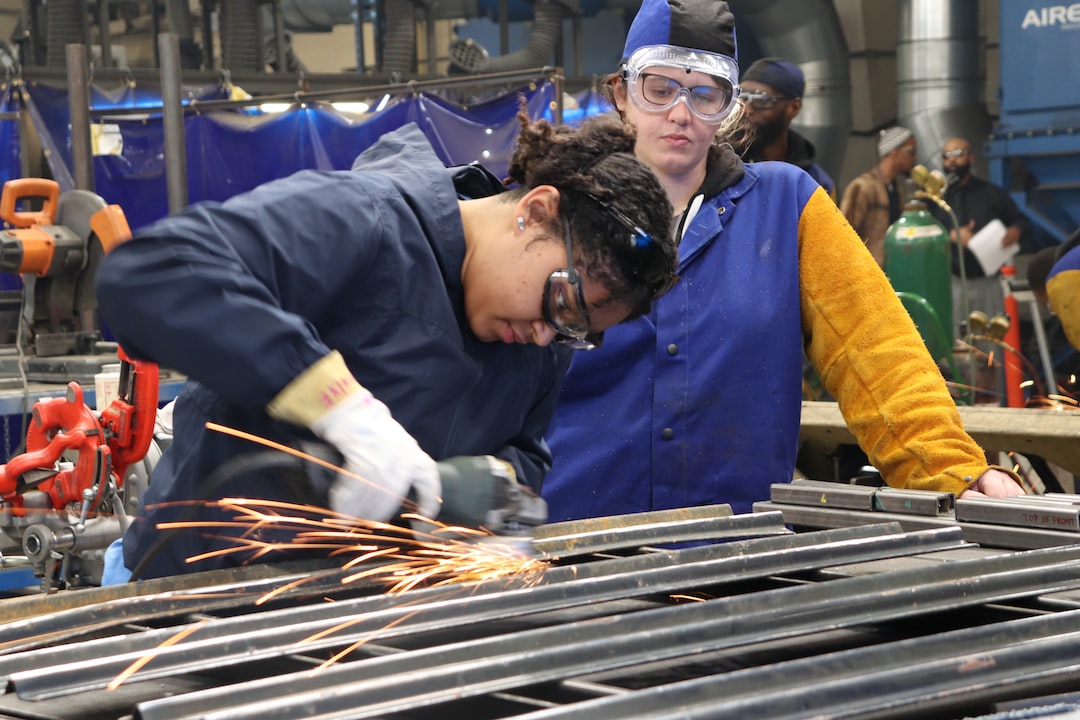The Impact of Robotics and Automation on the Job Market
The rapid advances in technology have transformed various aspects of our lives, and the job market is no exception. Robotics and automation, in particular, have significantly impacted the way we work and the types of jobs available. While these technological advancements have brought numerous benefits, they have also raised concerns about job losses and the future of work.
One of the most evident impacts of robotics and automation on the job market is the increased efficiency and productivity they bring to industries. Robots are capable of performing repetitive tasks faster and more accurately than humans, leading to higher production rates. This improved efficiency has allowed businesses to streamline their operations and reduce costs, ultimately resulting in increased profitability.
In industries such as manufacturing, robotics and automation have revolutionized the production process. Robotic arms and machines with artificial intelligence can now handle complex assembly tasks, reducing the need for human workers in such roles. While this has led to a decline in certain manufacturing jobs, it has also created new opportunities for individuals skilled in robotics maintenance and programming. These evolving roles require a different set of skills, emphasizing the need for workers to continuously adapt and upskill.
Another area where robotics and automation have made a significant impact is logistics and transportation. Autonomous vehicles and delivery drones have the potential to transform the way goods are transported, offering increased cost-effectiveness and speed. However, this advancement also poses a threat to jobs in the transportation sector, such as truck drivers and delivery personnel. The rise of self-driving vehicles may eventually result in fewer job opportunities in this field, requiring those affected to explore alternative career paths.
While concerns about job losses due to automation are valid, it is essential to acknowledge that technological advancements also create new job opportunities. The development and maintenance of robotics and automation technologies require skilled professionals in various disciplines, including engineering, computer science, and data analysis. Similarly, the integration of Artificial Intelligence (AI) into various industries necessitates experts capable of designing and managing AI systems. As technology continues to advance, there will be an increased demand for highly skilled workers to fill these roles.
Furthermore, the introduction of robotics and automation has the potential to enhance job quality and safety. Robots can handle dangerous and physically demanding tasks that pose risks to human workers. This shift can reduce workplace injuries and accidents, creating safer work environments. It also allows workers to focus on more complex and creative tasks, leading to higher job satisfaction and personal growth.
In addition to its direct impact on jobs, robotics and automation contribute to economic growth and innovation. By increasing productivity, businesses can expand more rapidly, creating new markets and job opportunities. Moreover, automation can lead to the development of entirely new industries and professions that we can’t even envision today. The dynamic nature of technological progress ensures that as some jobs become obsolete, new ones emerge.
However, while the benefits are apparent, there is also a need for effective policies and measures to manage the impact of robotics and automation on the job market. Government initiatives and investments in education and training programs are crucial to prepare workers for the changing job landscape. Promoting lifelong learning and upskilling will empower individuals to adapt to new technologies and remain relevant in the workforce.
In conclusion, the impact of robotics and automation on the job market is undeniable. These technological advancements enhance efficiency, productivity, and safety, leading to economic growth and innovation. While certain jobs may be at risk, new opportunities will arise, requiring workers to continuously adapt and upskill. By embracing technological progress and implementing effective policies, we can harness the benefits of robotics and automation while ensuring a prosperous future for the workforce.
